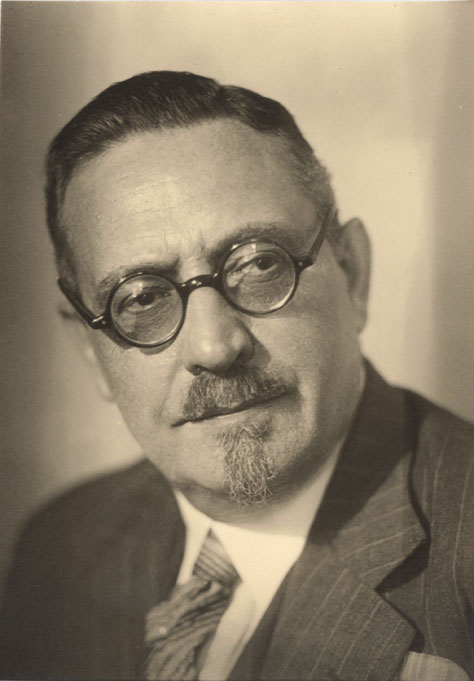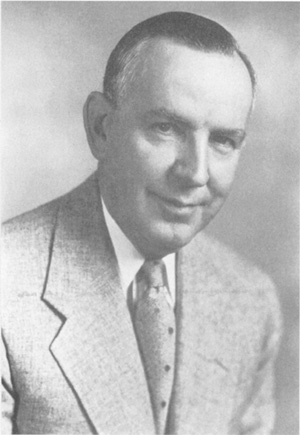Cluster headache historical perspective
|
Cluster Headache Microchapters |
|
Diagnosis |
|---|
|
Treatment |
|
Case Studies |
|
Cluster headache historical perspective On the Web |
|
American Roentgen Ray Society Images of Cluster headache historical perspective |
|
Risk calculators and risk factors for Cluster headache historical perspective |
Please help WikiDoc by adding more content here. It's easy! Click here to learn about editing.
Editor-In-Chief: C. Michael Gibson, M.S., M.D. [1] Associate Editor(s)-in-Chief: Sabeeh Islam, MBBS[2], Saumya Easaw, M.B.B.S.[3]
Overview
Cluster headaches have been called by several other names in the past including Erythroprosopalgia of Bing, ciliary neuralgia, migrainous neuralgia, erythromelagia of the head, Horton's headache (named after Bayard T. Horton, an American neurologist who was the first to accurately describe the headache in 1939[1]), histaminic cephalalgia, petrosal neuralgia, sphenopalatine neuralgia, Vidian neuralgia, Sluder's neuralgia, and hemicrania angioparalyticia.[2] Sluder's neuralgia (syndrome) and cluster pain can often be temporarily stopped with nasal lidocaine spray. If successful, outpatient nasal septoplasty and splinting can resolve the condition.[3]
Historical Perspective
References
- ↑ http://www.mayoclinicproceedings.com/inside.asp?AID=3032&UID=
- ↑ Stephen D. Silberstein, Richard B. Lipton. Peter J. Goadsgy. "Headache in Clinical Practice." Second edition. Taylor & Francis. 2002.
- ↑ IHS ICHD2: Mucosal contact point headache

